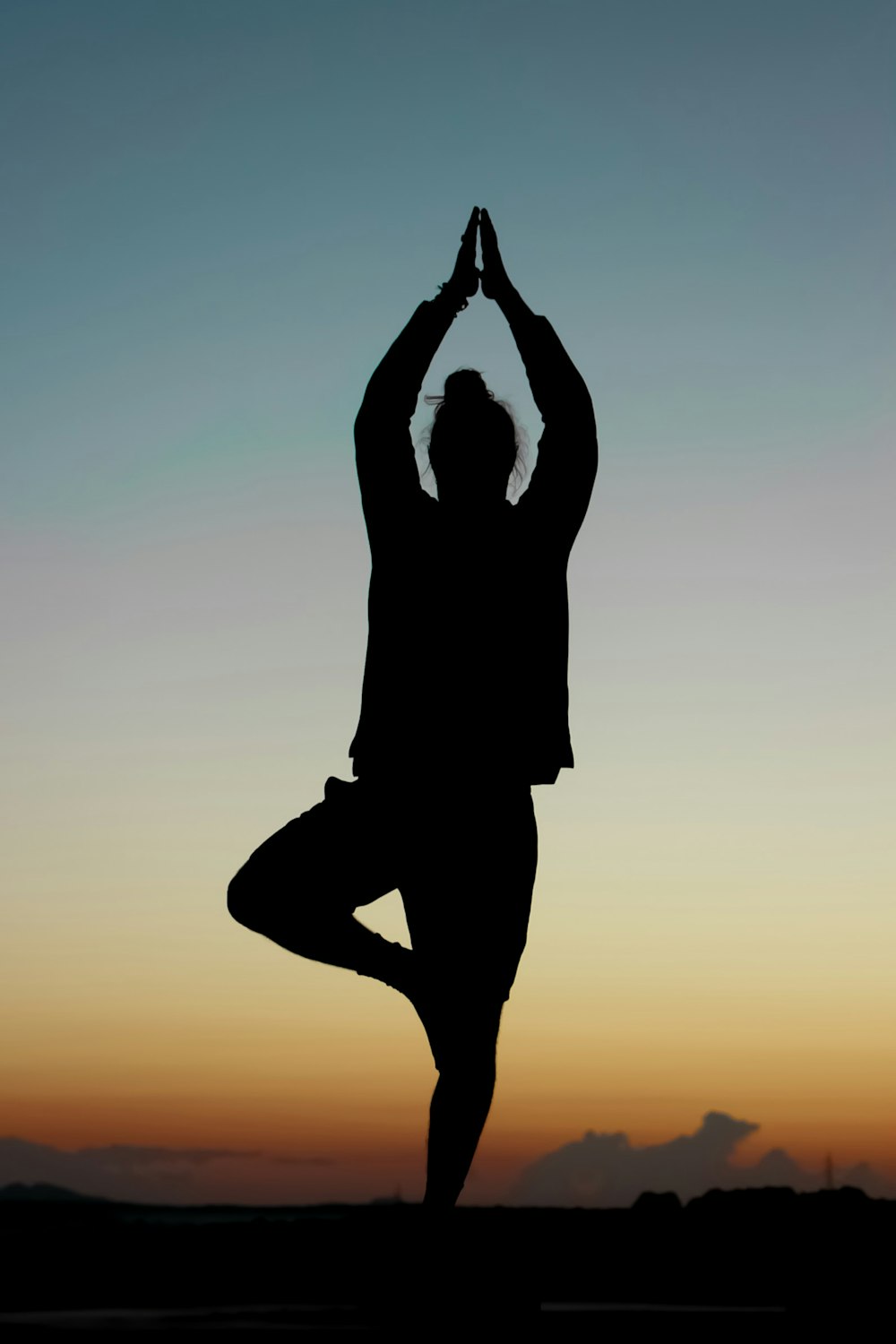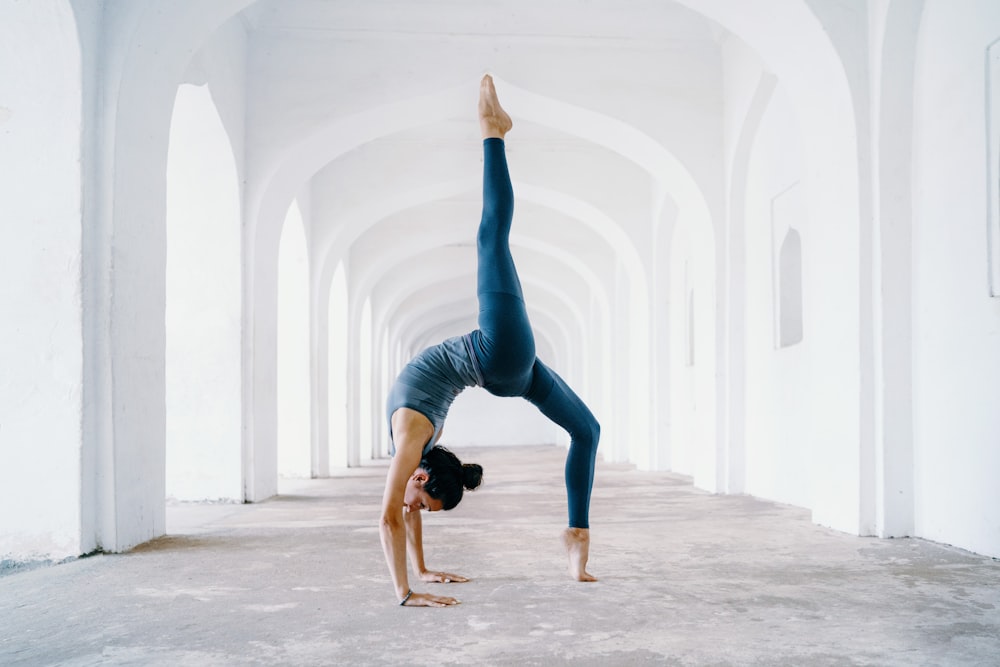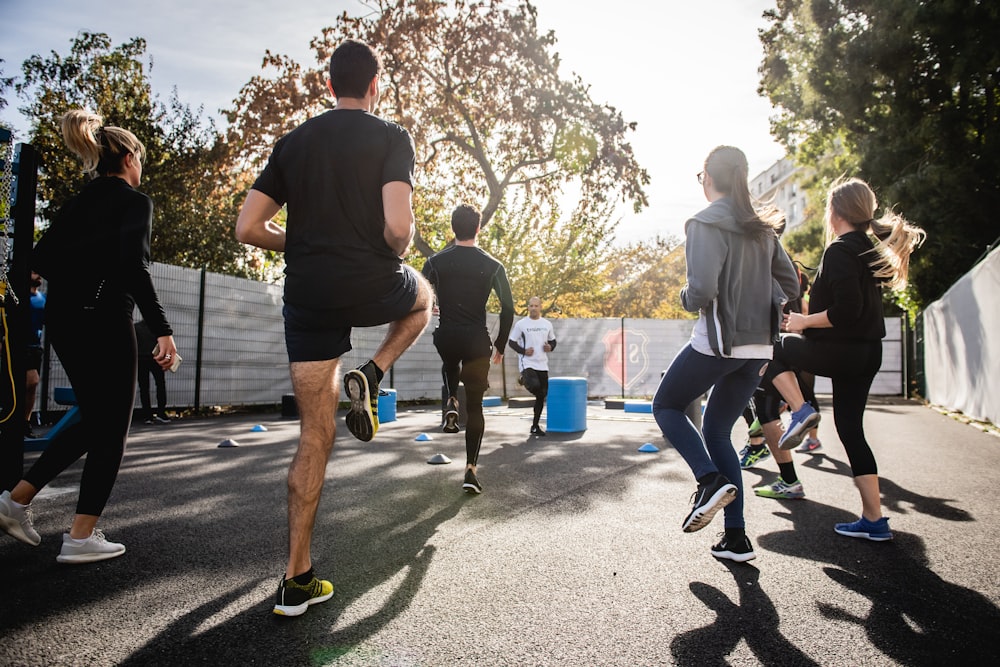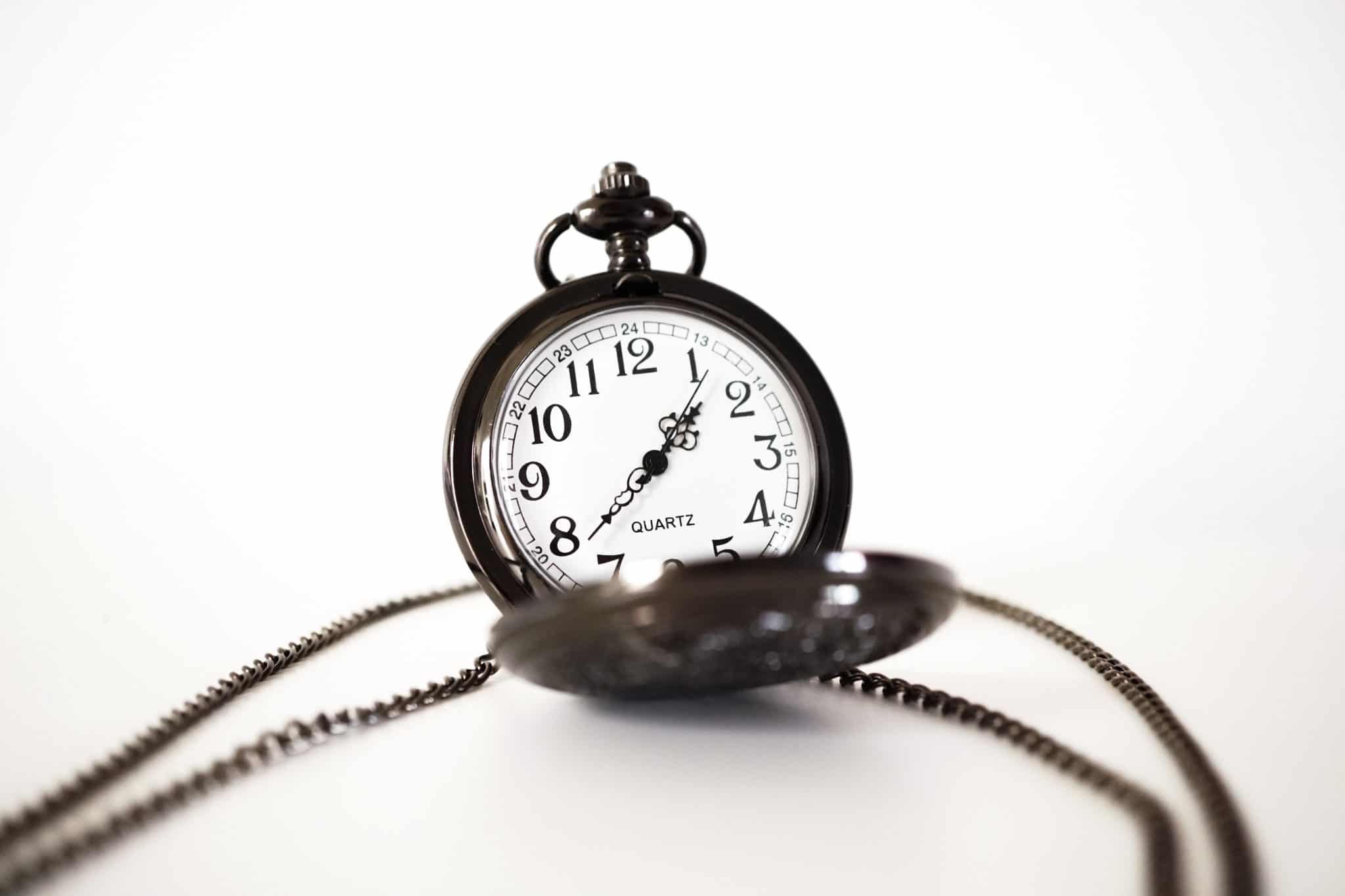Yoga is a fantastic way to relieve stress, reduce anxiety and depression, improve moods, and increase energy levels. One of the most common questions yoga practitioners have is about does yoga burn calories?. This blog post will answer that question in detail!
Yoga is an excellent way to increase your heart rate and burn calories
Yoga’s gentle, flowing movements can increase your heart rate and calories burned without you realizing it. A study published in the International Journal of Obesity found that an hour-long session burns about 150 calories! That is a huge chunk of calories for just one day!
The Journal of Strength and Conditioning Research published a study that tracked how many calories people burned during Hatha (slow, gentle) yoga as well. The average person in the study lost an incredible 44 pounds per year! That is more than half a pound each week- without changing their diet or doing any other exercise.
Try diferent sequences of yoga
A sequence like this one will allow you to gently open your hips, increase flexibility in the spine, and work on strengthening your core. This is a very efficient way of burning calories. You can also include poses that focus on stretching out specific muscle groups including legs (pigeon) and arms (downward dog).
Try doing sun salutations at the beginning or end of your workout to warm up or cool down
Sun salutations are a great way to warm up and stretch your muscles before you start exercising. Doing them at the end of your workout is also an excellent way to cool down, as they help decrease heart rate and blood pressure. In return optimising your potential to burn more calories.
Stay hydrated by drinking water before and after each class
Staying hydrated is essential before, during and after your yoga session. Water helps flush out toxins from the body as well as improve digestion and prevent constipation (no one likes a backed-up colon!) It also assists in muscle recovery by helping to restore electrolytes lost through sweat.
Your body needs water to function properly and it is recommended that adults drink eight glasses of water per day (or about a gallon). Drinking half your weight in ounces, or how much you weigh in pounds times 16, can be an easy way to calculate how many cups of liquid you need daily. Aim for at least 64 ounces each day.
Practice mindful eating – slow down when you eat so you can enjoy all flavours without overeating
Mindful eating can help you eat more slowly and appreciate the food that you’re about to put in your mouth. It also helps teach you how to listen to your body’s hunger signals, so that when it tells you “no” or is full-you know not to go for seconds!
It might sound counterintuitive but one way of practising
Be mindful of how hungry and full you are before, during and after a meal. Note how the food makes you feel as well as how much pleasure eating brings to your life. Do not use external distractions like TV or reading while enjoying a meal so that you can focus on how it tastes.
Take deep breaths to keep the mind focused on the body’s movements
It can be really difficult to keep your mind focused on the body’s movements. To make sure you don’t lose focus, take deep breaths before and during a pose or meditation session.
Practice taking long, slow, full inhales for five seconds then exhaling for six seconds while keeping your breathing consistent throughout these exercises will help reduce stress.
Deep breathing is a natural way to help the body relax and reduce blood pressure, which can be especially helpful for those who are experiencing high blood pressure or heart disease.
Challenge yourself by increasing difficulty levels
Challenging yourself can be a great way to increase calorie burn. Adding weights or increasing the difficulty of certain exercises, like planks, lunges and squats will help your muscles work harder while burning more calories.
To avoid injury try starting with lighter weight loads if you’re new to these types of workouts before adding heavier ones over time.
If you’re doing moves that require using suspension trainers (like TRX), focus on maintaining good form when lifting even slight variations in weight levels are enough for big changes in intensity!
There are different types of yoga that you can try.
Yoga has many benefits but the type you choose to practise will depend on your goals. If you’re looking for a full-body workout, try a Hatha yoga class that targets all of the major muscle groups with poses that focus on strength and flexibility.
If you’re looking to get lean, try a Vinyasa or flow type of yoga that’s more aerobic with many flowing movements. In either type of yoga, there will be some poses that are harder than others and these will burn the most calories during your session.
A study found that in Hatha Yoga beginners burned an average of about 140 calories per session and in Vinyasa type yoga, the average was about 210.
If you’re on a tight schedule or can’t commit to a full class, try one of these two types of practices with short sequences that match your fitness levels like Classpass’s new Hatha Yoga sequence.
If you’re looking to burn more calories, try a power-based class like Bikram or Ashtanga Vinyasa Yoga which works your muscles hard and builds stamina in the process. But if weight loss is not yet on your agenda, go for an all-level type

Incorporate strength training into your routine if you have time – this will help build muscle mass which burns more calories than fat mass does!
Strength training is a type of exercise that helps build muscle mass which will burn more calories than fat.
If you have the time to incorporate strength training into your routine, it can also help with joint pain and improve balance- two additional benefits!
For beginners, start off by doing three sets of 12 repetitions on each exercise than work up from there as time goes on.

Practice yoga on an empty stomach to allow for better digestion
A lot of people make the mistake of eating before practising yoga because they feel like it’ll give them more energy. But in fact, this can have a negative impact on your metabolism and digestion if you’re not careful!
Practising on an empty stomach will allow for better digestion since there’s less food inside to process – meaning those calories
Keep up with your yoga practice – don’t stop at the first signs of discomfort!
It’s easy to lose steam when we’re not feeling well, but don’t forget the incredible metabolism-boosting benefits of a regular yoga practice!
A 2014 study by Dr Irina Petroutsa found that practising as little as 20 minutes of Yoga every day can increase metabolism and help you lose weight. This is because it stimulates your thyroid gland, which controls how fast your body burns calories – more exercise means faster metabolism and if there was ever an excuse for stopping a session early due to discomfort or pain…well, this just takes care of that too.
Yoga can help with stress and anxiety
Stress and anxiety are considered two of the top frustrations that people face on a daily basis. Yoga can help alleviate some of this stress!
Stress is usually caused by external factors, such as work or family issues. Stress may also come from inside sources, like depression or anger.
The benefits of yoga for dealing with stress include improved physical health, improved mood and sleep quality, and reduced anxiety.
Stress relief from yoga includes muscular relaxation; increased self-awareness of the body’s response to stressors; decreased heart rate and breathing rates.
A study found that regular practitioners of Hatha Yoga reported lower levels of depression than those who did not practise.

Final Thoughts
If you’re looking for a way to stay healthy and lose weight, try adding yoga into your daily routine. You may be surprised by how much of an impact it can have on your health! So if you’re not sure what type of exercise you should do today or tomorrow morning, might we recommend giving this ancient practice a shot? It’s been shown time and again that it’s beneficial for the body, the mind and beyond.













